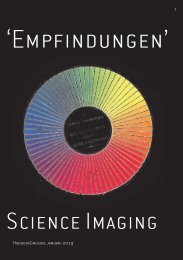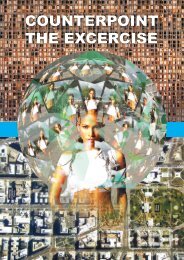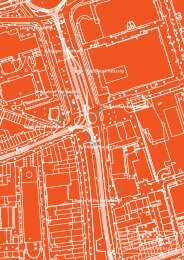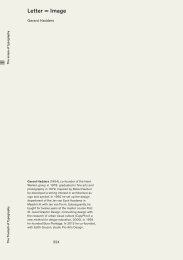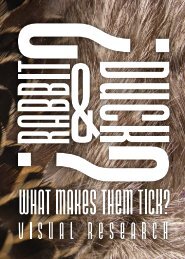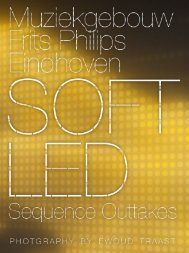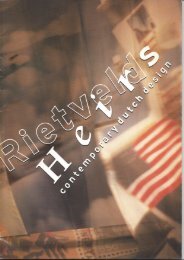Plates From The Grammar of Ornament by Owen Jones, 1856
The first 19 chapters of the Grammar present key examples of ornament from a number of sources which were diverse both historically and geographically – notably examining the Middle East in the chapters on Arabian, Turkish, Moresque (Alhambra) and Persian ornament. The final chapter, titled 'Leaves and Flowers from Nature' acknowledges the underlying principle that dictates the design of ornament around the world, which is the form found in nature, "in the best periods of art, all ornament was based upon an observation of the principles which regulate the arrangement of form in nature" and that "true art consists of idealising, and not copying, the forms of nature". Christopher Dresser, Owen Jones's best known protégé, contributed one of the plates in this final chapter, and he was concurrently presenting theories on natural-form ornament in his famous botanical lectures at the Government School of Design in the mid-1850s. This last chapter raises some critics about the inability to produce new ornamental design since repetition is a common factor among nature, and Jones describes this as " going back to nature like the ancients did" but his own response to this issue evolves around the fact that nature has a great variety of line and form, and is based in geometry which gives an enormous amount of freedom to the designer to follow and idealize the form of nature as a basic element while creating something that society has never seen before.
The first 19 chapters of the Grammar present key examples of ornament from a number of sources which were diverse both historically and geographically – notably examining the Middle East in the chapters on Arabian, Turkish, Moresque (Alhambra) and Persian ornament. The final chapter, titled 'Leaves and Flowers from Nature' acknowledges the underlying principle that dictates the design of ornament around the world, which is the form found in nature, "in the best periods of art, all ornament was based upon an observation of the principles which regulate the arrangement of form in nature" and that "true art consists of idealising, and not copying, the forms of nature". Christopher Dresser, Owen Jones's best known protégé, contributed one of the plates in this final chapter, and he was concurrently presenting theories on natural-form ornament in his famous botanical lectures at the Government School of Design in the mid-1850s. This last chapter raises some critics about the inability to produce new ornamental design since repetition is a common factor among nature, and Jones describes this as " going back to nature like the ancients did" but his own response to this issue evolves around the fact that nature has a great variety of line and form, and is based in geometry which gives an enormous amount of freedom to the designer to follow and idealize the form of nature as a basic element while creating something that society has never seen before.
You also want an ePaper? Increase the reach of your titles
YUMPU automatically turns print PDFs into web optimized ePapers that Google loves.
J UKi It<br />
p;<br />
C. DRESSER. DEL<br />
LEAVES ID FLOWERS FROM K .<br />
I




